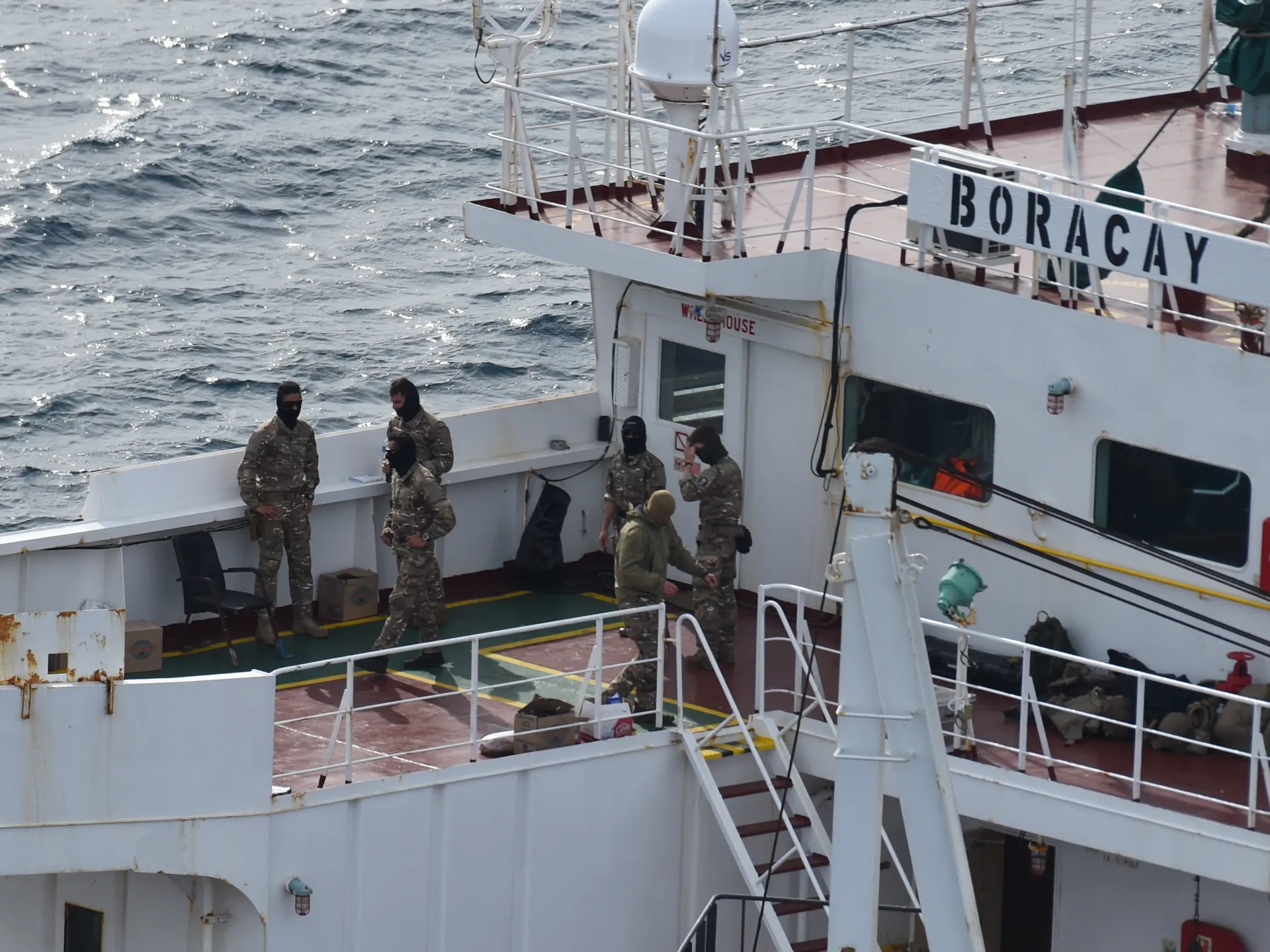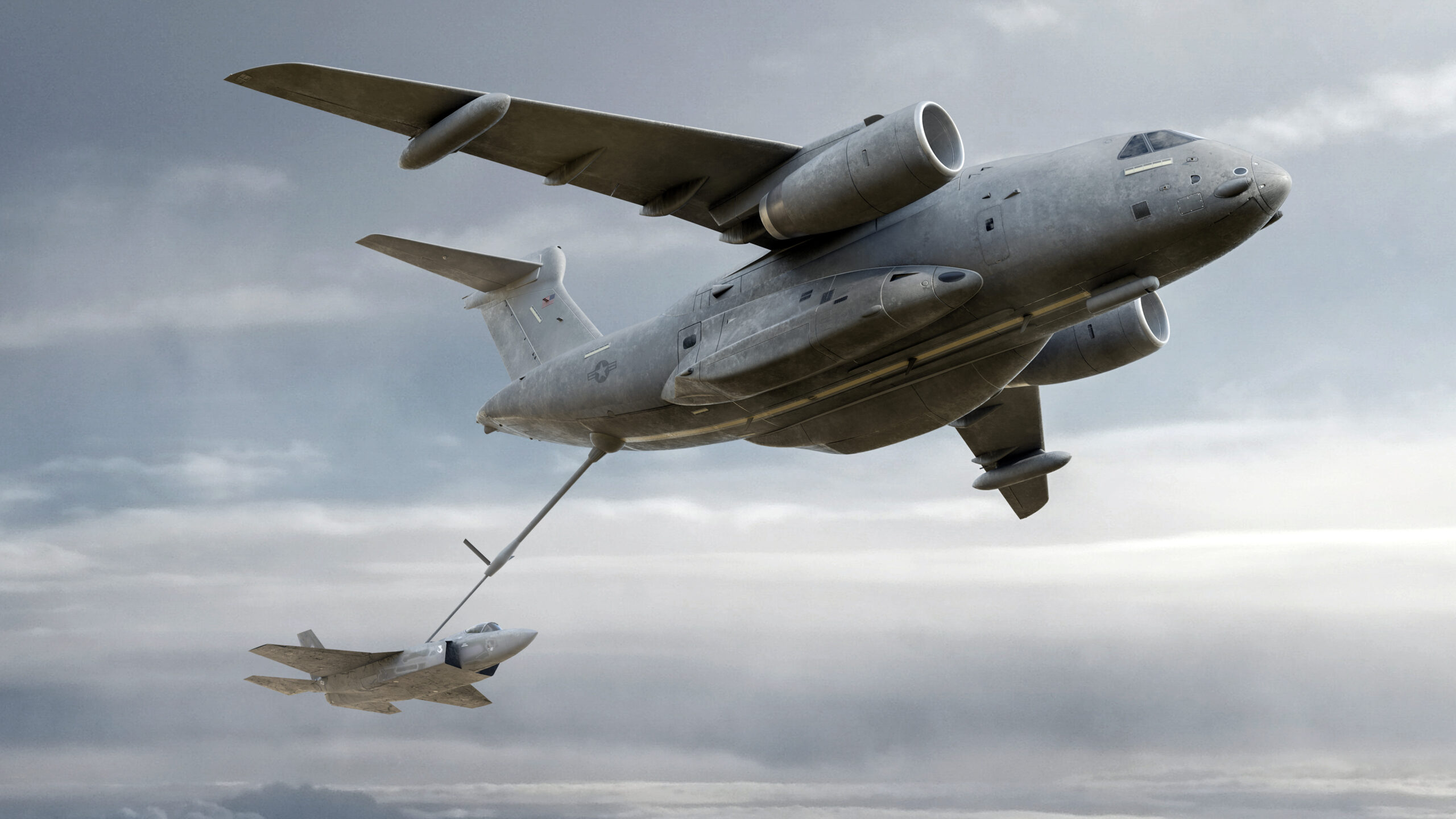France detains Russian ‘shadow’ tanker to disrupt war in Ukraine | Russia-Ukraine war News
Moscow has called France’s detention of the ship, and arrest of the captain, an act of piracy.
Published On 2 Oct 2025
France has said it is increasing pressure on Russia to end its invasion of Ukraine by detaining an oil tanker suspected of operating as part of Russia’s so-called “shadow fleet” and putting its captain on trial.
France’s detention of the tanker is part of a new European strategy to block revenue funding Moscow’s war effort in Ukraine, French President Emmanuel Macron said at an EU event in Copenhagen on Thursday.
Recommended Stories
list of 3 itemsend of list
“We want to increase pressure on Russia to convince it to return to the negotiating table,” Macron said. “We have now decided to take a step further by moving towards a policy of obstruction when we have suspicious ships in our waters that are involved in this trafficking.”
The tanker, called the Boracay, was sailing last week off the coast of Denmark and was cited by European naval experts as possibly being involved in drone flights over the country. A series of drone incidents near the country’s airports and military bases over the last week forced the closure of the Copenhagen airport, causing major disruptions.
Macron said he could not rule out a connection between the vessel and the drone incursions, but so far lacked proof. Moscow has denied any involvement.
French Navy commandos raided the Boracay on Saturday off western France.
An investigation led by the French navy concluded that the ship, coming from Russia and heading to India with a “large oil shipment,” was flying no flag, Stéphane Kellenberger, prosecutor of the western port city of Brest, said.
The United Nations has detailed rules governing how ships must fly flags at sea and identify themselves under the flag of the state granting them nationality.
The ship’s captain, a Chinese national, will stand trial in France in February. He faces up to one year in prison and a 150,000 euro ($176,000) fine if convicted.
In response, Russian President Vladimir Putin accused Europe of stoking “hysteria” and called France’s actions an act of “piracy”.
“This is piracy. I am aware of this case – the tanker was seized in neutral waters without any justification,” Putin said on Thursday at a foreign policy forum in the southern resort city of Sochi, adding that there was no military cargo on the vessel.
“It’s piracy, and how do you deal with pirates?” Putin said. “You destroy them. It doesn’t mean that tomorrow a war will erupt all across the global ocean, but certainly the risk of confrontation will seriously increase.”
Russia has been accused of operating a “shadow fleet” of tankers made up of ageing ships bought used, often by nontransparent entities with addresses in non-sanctioning countries, and sailing under flags from nonsanctioning countries. Their role is to help Russia’s oil exporters elude the $60 per barrel price cap imposed by Ukraine’s allies.
Macron said “30 to 40 percent” of Russia’s war effort is “financed through the revenues of the shadow fleet”.
“It represents more than 30 billion euros. So it’s extremely important to increase the pressure on this shadow fleet, because it will clearly reduce the capacity to finance this war effort for Russia,” he said.









